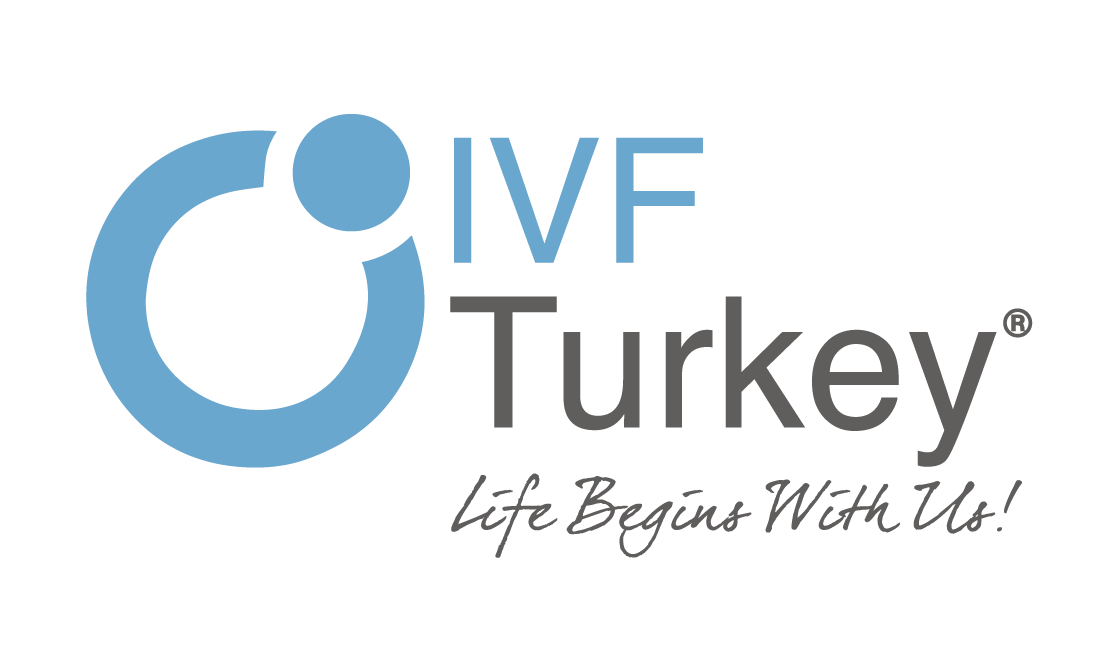Seasonal Timing of Egg Collection Linked to 30% Higher Live Birth Rates in Fertility Treatments, New Study Finds


The research published in Human Reproduction suggests that the timing of egg collection during fertility treatment can have an impact on live birth rates. Here are the key findings and implications from this study:
- Seasonal Impact: The study found that collecting eggs during the summer resulted in a 30% higher likelihood of live births compared to egg collection in the autumn. This increase in birth rates was observed regardless of when the embryos were transferred into women’s wombs. There were intermediate birth rates for egg collection in spring or winter, but the differences were not statistically significant.
- Sunshine Hours: Women whose eggs were collected on days with the most sunshine had a 28% higher chance of live birth compared to those whose eggs were collected on days with the least sunshine.
- Environmental Factors: The study highlights the potential influence of environmental factors, such as season and sunshine hours, on egg development, embryo implantation, and early pregnancy development. It suggests that environmental conditions at the time of egg collection are as important as conditions during embryo transfer and early pregnancy.
- Melatonin Levels: Melatonin, a hormone that can vary seasonally, may be one of the factors contributing to the higher live birth rates during summer and under more sunlight hours. Melatonin levels are typically higher in winter and spring.
- Temperature Effects: High temperatures during embryo transfer were associated with higher miscarriage rates, indicating that early pregnancy may be more negatively affected by high temperatures rather than egg development.
- Study Limitations: The study is retrospective, meaning it looks back at past data and can establish associations but not causation. More research is needed to confirm these findings, especially in different geographical locations and treatment regimens. Additionally, the study did not investigate the potential effects of seasonal variations on sperm parameters.
- Implications: The findings suggest that environmental conditions at the time of egg collection can play a role in fertility treatment success. This information could be valuable for both medical professionals and patients when considering the timing of fertility treatments.
- Future Research: The researchers suggest the need for further studies to replicate these findings and explore the impact of environmental factors on sperm parameters. Additionally, investigating whether similar effects are observed in frozen eggs that are thawed and fertilized years later is of interest, especially for women considering fertility preservation.
It’s important to note that while this research provides intriguing insights, it should be considered alongside other factors that affect fertility and pregnancy outcomes, such as age and individual health factors. Consulting with a fertility specialist is essential for personalized guidance in fertility treatment.



